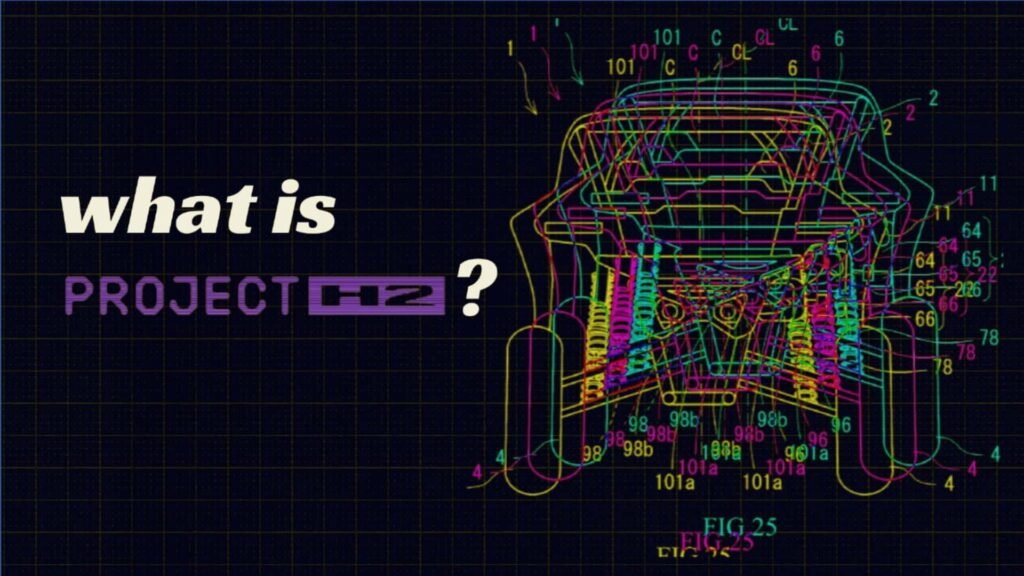The Future of Go-Fast UTVs: Kawasaki’s H2 Side-by-Side Brings a New Era
For enthusiasts who love the thrill of speed across rugged terrain, the current lineup of go-fast side-by-sides has some limitations. While these vehicles offer incredible performance, they often fall short when it comes to accommodating families, especially those with multiple children. This is where the challenge lies—balancing high-speed capabilities with practicality for everyday use.
Many parents find themselves in a tough spot when it comes to choosing a vehicle that can handle both the demands of off-road adventures and family transportation. For instance, having three kids means needing more seating than what most high-performance UTVs offer. A common solution is to add an aftermarket jumpseat, but this isn’t always ideal or safe. Some families have opted for more spacious models like the Can-Am Maverick X3 Max, which allows for additional seating, but at the cost of reduced speed and agility.
As children grow, the need for more space becomes even more apparent. This has led many to consider switching to a more family-friendly model, such as the Defender, which offers seating for six. However, the trade-off is often a significant drop in performance, requiring extensive modifications to match the speed of their previous UTVs.
Kawasaki may be about to change the game entirely with its upcoming supercharged H2 side-by-side. Through a series of teasers, the company has hinted at a vehicle that could revolutionize the market. One of the most intriguing aspects of the H2 is the possibility of seating up to five people right out of the factory. This feature alone sets it apart from competitors like the Polaris RZR Pro R and Can-Am Maverick R Max, which typically offer fewer seating options.
The H2’s potential to accommodate more passengers without the need for aftermarket modifications is a game-changer. It opens up new possibilities for families looking for a vehicle that can keep up with their adventurous lifestyles while still being practical for daily use. The inclusion of Fox Shocks’ new 3.0 Live Valve setup further enhances the appeal of the H2. This advanced suspension system features internal bypasses and electronic control, promising a smooth ride over challenging terrain.
While details about the H2 remain scarce, the excitement around its launch is already palpable. The fact that Kawasaki is touting a five-passenger seating option suggests that the company is targeting a broader audience, including families who value both performance and practicality. This shift in focus could signal a new direction for the UTV market, where manufacturers are beginning to prioritize versatility alongside speed.
However, there are still many questions surrounding the H2’s design. Will the fifth seat be a traditional jumpseat, or will it be integrated into the existing seating arrangement? How will the layout affect the overall performance and handling of the vehicle? These are just a few of the unanswered questions that have sparked curiosity among enthusiasts.
Despite the lack of information, the H2’s potential to redefine the UTV experience is undeniable. With its combination of high-speed capabilities, advanced suspension technology, and family-friendly seating, the H2 could set a new standard in the industry. As the debut of the H2 approaches, anticipation continues to build, and many are eager to see how Kawasaki will bring this vision to life.
In addition to the H2, Kawasaki has also been making waves with other innovative projects, such as its hydrogen-powered robot horse and a miniature version of the Ninja H2R. These developments highlight the company’s commitment to pushing the boundaries of what’s possible in the world of motorsports and beyond. Whether it’s through groundbreaking technology or unique designs, Kawasaki continues to captivate the imagination of enthusiasts and casual observers alike.

